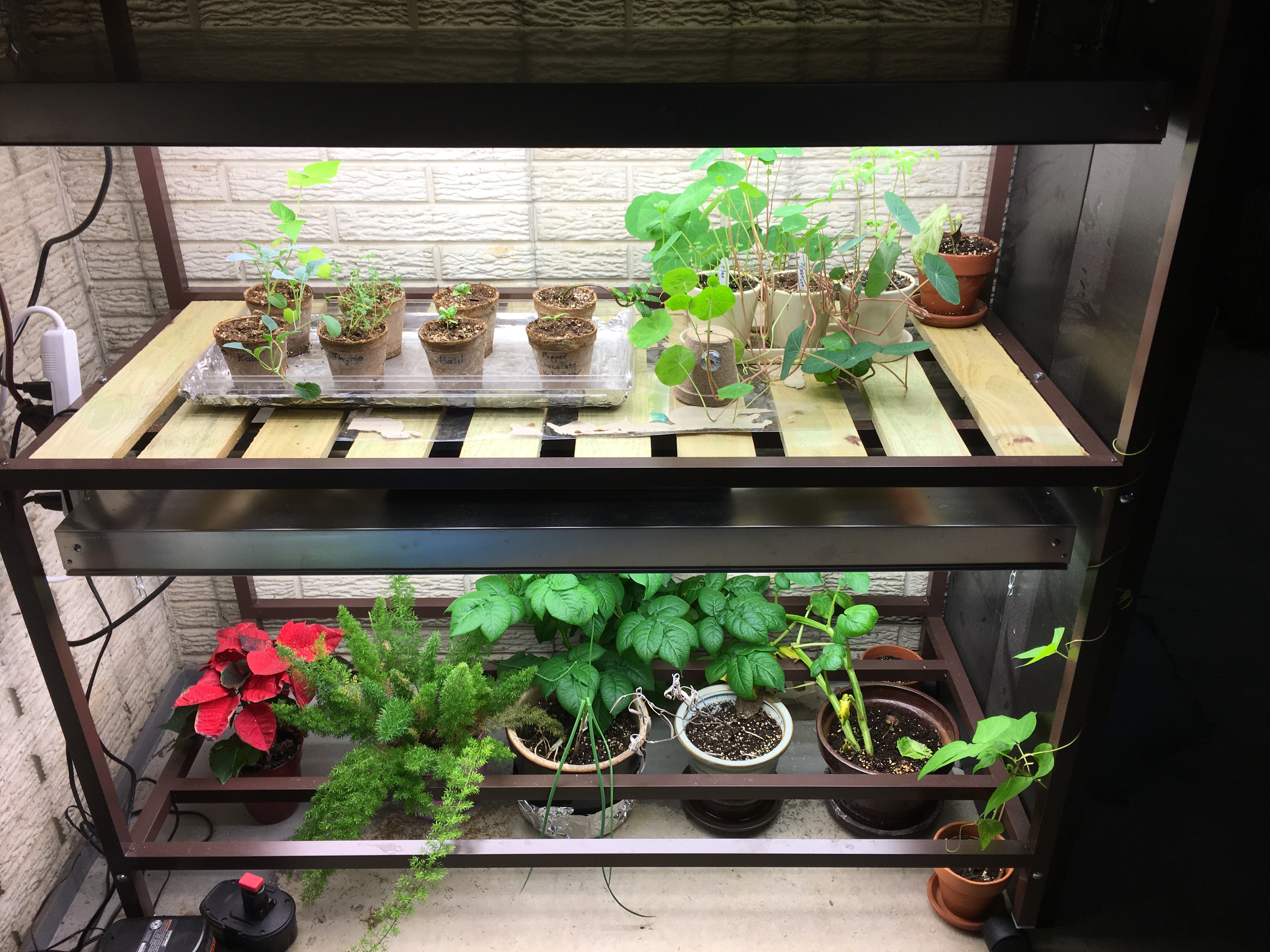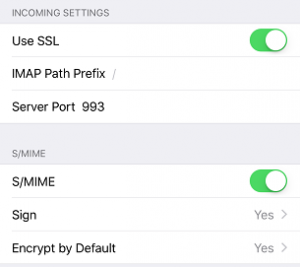I love gardening. My wife loves gardening too–I think. She appears to like it, or would like it more, if it weren’t so…outside. I know, it confuses me too.

But regardless, it is one of my few hobbies that she can at least understand and appreciate, so it was with much elation that I received an indoor growing kit from her for Christmas.
Now, as an aquarist with a preference for fresh-water planted tanks, I’m no stranger to the lighting requirements of those voracious little photosynthesizers, so I was very pleased to see that each fixture was wired for 4 T8 fluorescent bulbs. During my aquarium struggles, I eventually wired my own lighting fixture for this exact number of bulbs myself, deciding through trial and error that this was a baseline requirement to grow much beyond algae and moss. So, while this setup wasn’t exactly flooding the room in holy luminescence, I knew from experience that it would be sufficient, especially considering these plants wouldn’t be losing light intensity through a foot of water. Also, the fixture came with bulbs–something I would not have expected, seeing they run about $10 each.
This being the dead of winter, plus me having a new toy; I came to a conclusion: I will determine the feasibility of maintaining an indoor garden year-round. After all, it was too early to start seeds for an outdoor garden, and I sure as hell wasn’t going to leave this new device sitting idle the in the basement, begging for attention. But…what to grow?

And here’s another point of contention with my wife. She likes organized gardens, and I lean towards the cottage look. This is uncharacteristic of me, as in most facets of my daily existence I like ORDER! Chaos is evil! Yet, in the garden, I appreciate the organized chaos of nature and allow plants some freedom. I also understand the benefits of companion planting. Therefore, my gardens tend to be a little wild, with vaguely defined partitions. My wife can’t stand this, but since I’m the one who does the outdoor labor, I’m the de facto arbiter of the vegetable garden’s arrangement–until she gets fed up and charges in with clippers anyway.
Therefore, when it came time to plant the indoor growing setup, I selected partially at random. I wanted some herbs, yes, but I also wanted decoration, and to experiment on what would actually stay alive inside.

Identify them if you can, but here’s a list of my observations:
- Some plants from the grocery store can be successfully planted. In this case it’s the mint and green onion.
- Nasturtium is a weird plant. It grows, falls over, and grows up again.
- That poinsettia is still alive. I don’t know what I was expecting, since I’ve never kept one past the holidays.
- Sticking an old potato in dirt will make a huge plant.
- Flax doesn’t like being indoors. It protested by dying.
- Basil and peppers want more heat I’m sure, although they are growing reluctantly.
- The pole bean is doing what I had hoped: growing up the structure and making a pretty vine.
- Things grow much slower inside. I know this is obvious, but like really slow. Those pole beans become invasive kudzu outside, but inside it took 2 months to grow a foot tall.
February sucks, but I have a small oasis of green in the cold and dark. Now spring doesn’t seem so far away.
–Simon



